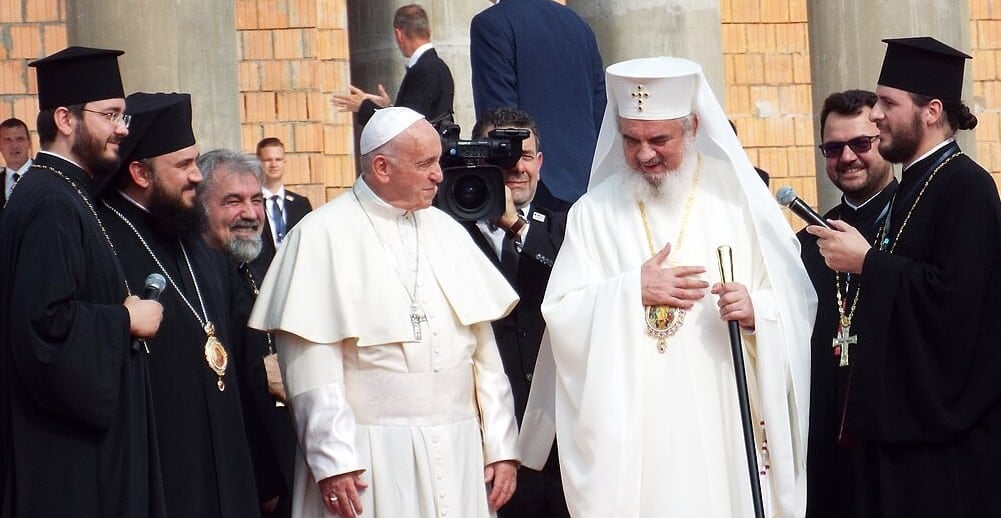

Have you ever noticed how Catholics and Orthodox Christians cross themselves differently? It’s not random; it’s a fascinating result of a thousand-year-old story.
That simple but so important Sign of the Cross we see so often holds a hidden history that takes us back to the origins of Christianity. It’s a simple but powerful symbol for Catholics and Orthodox Christians, a physical prayer invoking the Holy Trinity and remembering Jesus Christ’s ultimate sacrifice for the world.
The way it is done traces back to the Great Schism of 1054, a division that essentially separated the Christian world into East and West, with profound consequences that affect us today. Remarkably, how people blessed themselves became one of the most widely seen visual markers of which side they belonged to. It’s akin to a secret handshake, with centuries of theology shaping it.

So, what’s the difference between how Catholics and Orthodox perform the sign of the cross? If you grew up Catholic (Latin Rite), you likely use an open hand or maybe bring three fingers together, touching your forehead, chest, left shoulder, and finally, the right. Simple enough. But if you go into an Orthodox service, you’ll see something more intricate. Orthodox Christians are much stricter on the way the sign of the cross should be performed: They join the thumb, index, and middle fingers, a gesture that represents the Holy Trinity: The Father, the Son, and the Holy Spirit. They then tuck the last two fingers into their palm, representing the duality of Christ being both fully God and fully human. Then, they go from the forehead, upper abdomen, and right shoulder to the left.

The Orthodox gesture is deliberate and holds significant meaning—a visual sermon on their hand, sometimes symbolically linked to Christ sitting at the Father’s right side. Catholics might associate the left-to-right motion with the transition from sin to grace, but it often lacks the explicit, universally taught symbolism of Orthodox finger-folding.
These are not brand-new rules. Way back, before the big Schism, people likely crossed themselves in various ways. However, once the East and West went their separate ways, these regional customs became more pronounced and visible symbols of separation. They became badges of identity, subtle ways of saying “We’re with Constantinople” or “We’re with Rome.”
It is fascinating how such customs persist across generations. Pope Innocent III, writing around the year 1200, noted that the left-to-right custom already seemed standard practice in the West. These are not just loose traditions without any meaning; they are living history, constant reminders of that ancient division and the distinct paths these two great branches of Christianity took.
It is not just the West-East divide, though. The situation with the sign of the cross gets even more mixed as a significant number of Catholics, the Eastern Catholics—faithful like Ukrainian, Melkite, or Maronite Catholics—who are in full communion with the Pope, but often, you’ll see them making the Sign of the Cross just like the Orthodox do, right-to-left, using three fingers and the remaining two tucked away.

This is a great example of the Catholic world’s diversity, with different ancient traditions, rather than one, unified entity. But here’s the key aspect that pulls everyone together: no matter how their hand moves, the words are almost always the same. That powerful prayer, “In the name of the Father and of the Son and the Holy Spirit. Amen,” remains the same whether you’re a Catholic, an Orthodox, or in-between.
Therefore, this little sign means a lot to millions of people worldwide; people make a quick cross before digging into their meal, maybe when they drive past the local church, or even just instinctively when they need a moment’s peace or protection.
